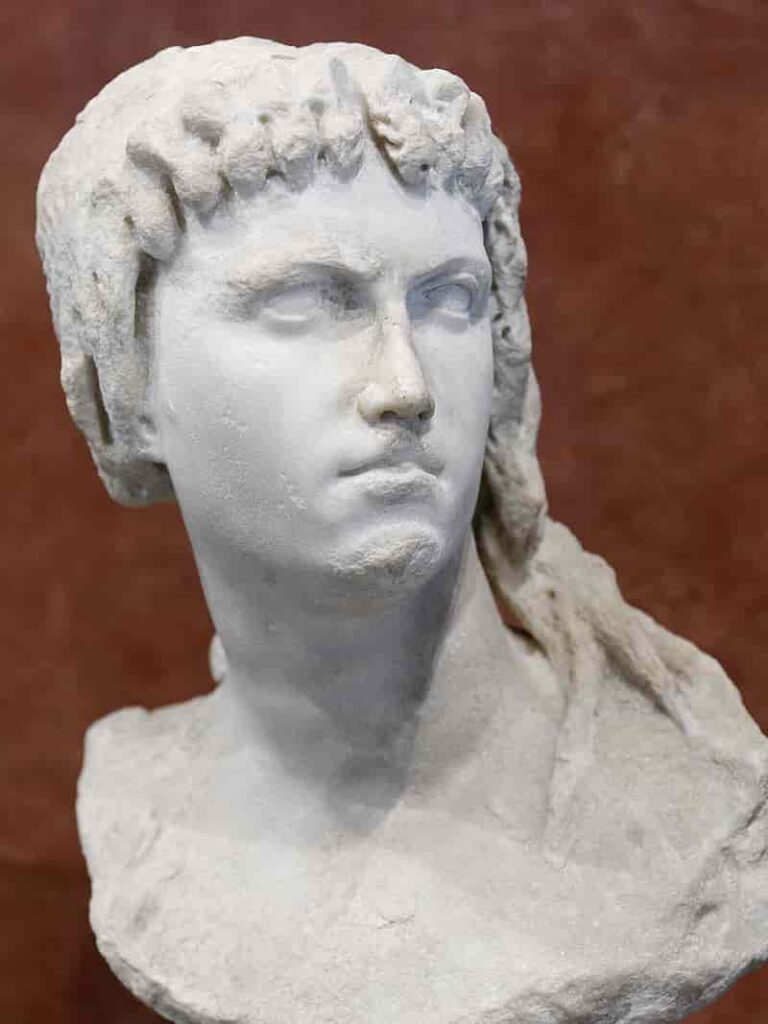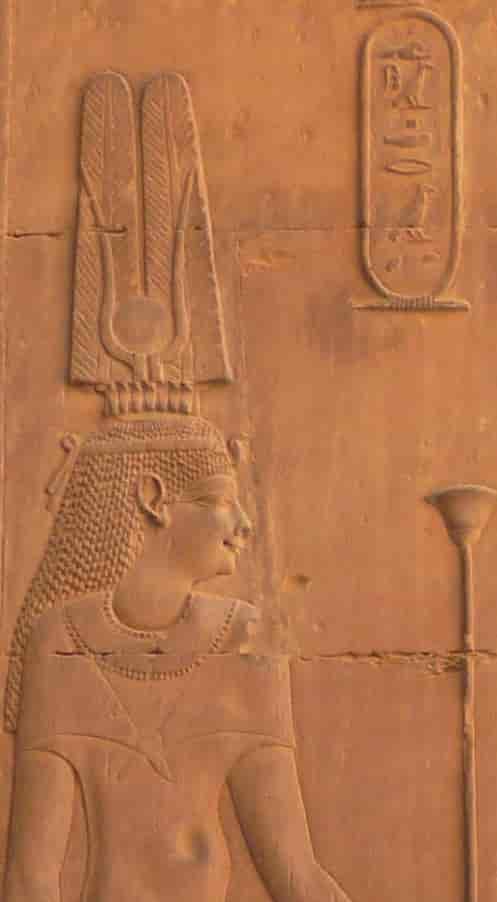Apart from the most renowned Cleopatra, who was the final ruler with the title of pharaoh, there were six other Cleopatras who wielded power in Ancient Egypt.
Cleopatra was a popular name among the women of Egyptian royalty, particularly during the late Ptolemaic dynasty.
Of Greek descent, this dynasty governed Egypt from 305 BC to 30 BC, giving rise to 15 Ptolemies and 7 Cleopatras.
Thus, preceding the one who ruled with mastery and is vividly etched in the popular imagination as the last great pharaoh of Egypt, there were six formidable women who also bore that name.
Cleopatra I
The first Cleopatra ascended to the throne of Egypt in 193 BC through her marriage to Ptolemy 5. She hailed from the Seleucid Empire as a princess, and her union contributed to sealing the Peace of Lysimacheia, bringing an end to the conflicts between Syria and Egypt.
The treaty also ensured Egypt’s neutrality during the clashes between Syria and Rome.
Cleopatra II
This is a tale of turmoil between a mother and her daughter. Cleopatra II, married to Ptolemy 6 and later to her brother, Ptolemy 8, reigned from 175 BC to 116 BC. Her four children were Ptolemy Eupator, Cleopatra 3, Ptolemy 7, and Cleopatra Thea.
When her daughter wed her brother Ptolemy 8, she chose to banish them from the country, leading to a civil war. Several years later, she reconciled with both and ruled until her demise.
Cleopatra III
Following her mother’s passing, Cleopatra III assumed power alongside her husband and children, namely Ptolemy 9 Philometor Soter, Ptolemy 10 Alexander 1, Cleopatra Selene, Cleopatra 4, and Cleopatra Tryphaena.
During her tumultuous reign, she often turned against her own offspring, eventually meeting her demise at the hands of one of them.
Cleopatra IV
Daughter of King Ptolemy 8 and Cleopatra 3, she wed her brother Ptolemy 9 Soter. However, the marriage did not thrive. Her mother, fearing the influence they might wield, compelled her son to divorce her and marry Cleopatra Selene, who was more easily influenced.
As a result, she left Egypt and assumed the role of a princess consort in Syria. In 108 BC, Cleopatra 3 also spearheaded a popular uprising against her son, forcing him to depart from Egypt.
Cleopatra V
This is Cleopatra Selene, who married Ptolemy 9 at the insistence of her mother due to her representing a lesser threat. He went on to marry three more times, and all of his spouses met their demise in battles.
In 75 BC, she attempted to install her son Antiochus Asia as the king of Syria, but this endeavor failed. The local king, Tigranes 1, defeated her army and killed her in 69 BC.
Cleopatra VI
Daughter of Cleopatra 5 and Ptolemy 12, she was the mother of Epiphanes 4 and the elder sister of the more well-known Cleopatra. Her life remains a mystery to scholars because, after giving birth to her daughter in 69 BC, she vanished from official records.
Throughout their reign, Cleopatras and Ptolemies contended for the throne. Cleopatra 7th shared the throne with her brother, Ptolemy 13, leading to numerous conflicts between the siblings who were also married.
Amid the civil war spawned by the intense rivalry between the two, Cleopatra crossed paths with Julius Caesar, seduced him, and successfully deposed Ptolemy from the throne, ultimately drowning him in the Nile during the conflict.
Read more: The last pharaoh of Egypt: Meet Caesarion, son of Cleopatra and Julius Caesar

Read more: Things You (Probably) Didn’t Know About Cleopatra VII
Read more: Egyptian Queen Cleopatra: Husband and Two Lovers








